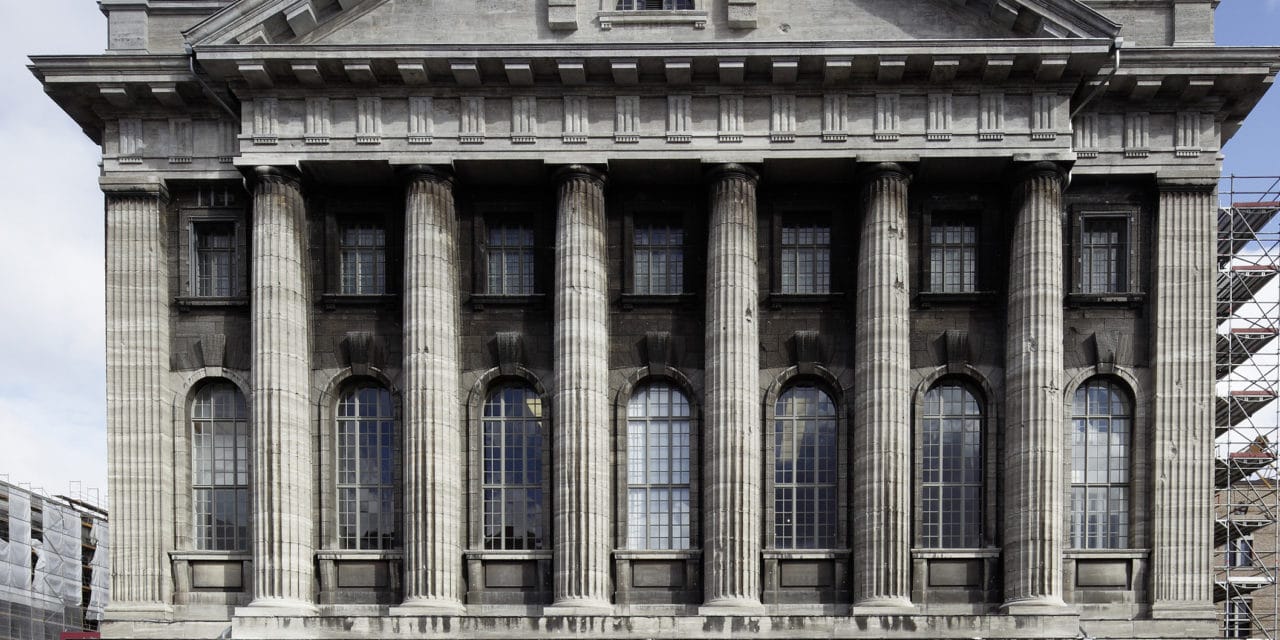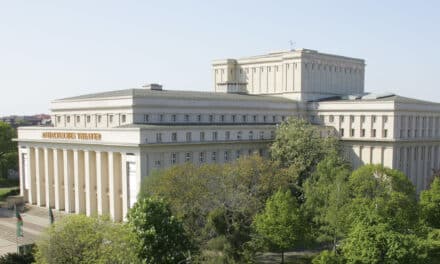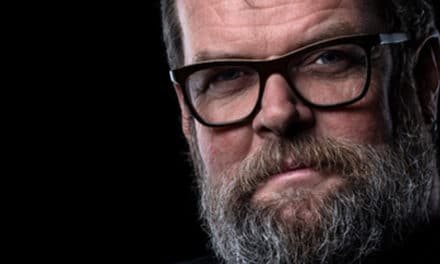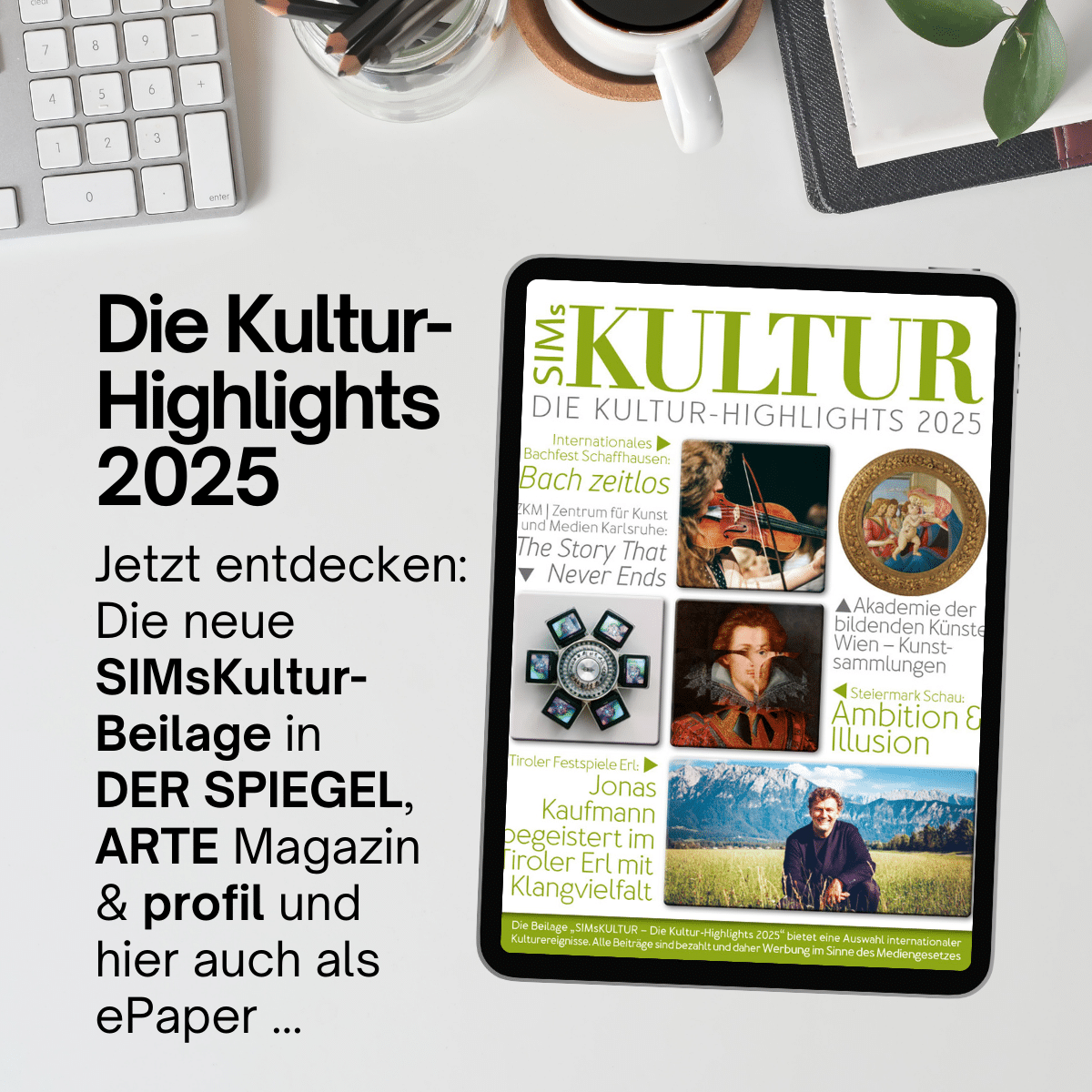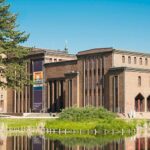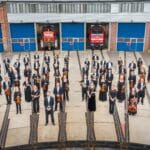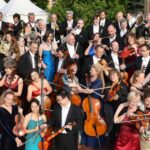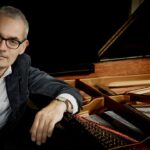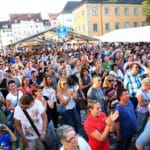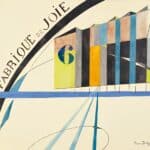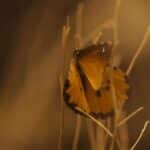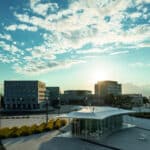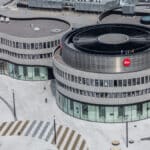Berlin's Museum Island is a magnificent work of art comprising five world-famous museum buildings, assembled in an extraordinary ensemble. Along with Nefertiti, the Pergamon Altar and the Ishtar Gate are among the most important exhibits. Since 1999, Berlin's Museum Island has been designated a UNESCO World Heritage Site.
With the opening of the Altes Museum in 1830, historically significant collections and art were made accessible to the public for the first time. The idea of a museum open to all dates back to the Age of Enlightenment and its educational ideals. Over the next 100 years, five museums were built on the site. From the late 1870s, the Museum Island was also named after it.
The middle class had long been demanding publicly accessible art collections, but it took a while before the proposal for an exhibition was actually implemented and the first museum opened its doors. After King Frederick William II took up the proposal for an art collection, the Altes Museum, Prussia's first public museum, opened in 1830. Karl Friedrich Schinkel, Prussia's most important architect, provided the designs.
Almost 30 years later, the Royal Prussian Museum – now the Neues Museum – was added. In 1876, the National Gallery – now the Alte Nationalgalerie – opened. It took until the beginning of the 20th century to complete the ensemble. The Kaiser Friedrich Museum – now the Bode Museum – opened in 1904, and the Pergamon Museum followed in 1930.
The Pergamon Museum
Alfred Messel's three-winged Pergamon Museum is Berlin's most visited museum, with around one million visitors annually. As part of the Museum Island Master Plan, the Pergamon Museum is undergoing gradual renovations, with a fourth wing planned for 2025. As part of this renovation, the hall housing the Pergamon Altar will be closed in 2020. The Ishtar Gate, the Processional Way, the Market Gate of Miletus, and the Museum of Islamic Art will remain on display. The new glass wing will house the Kalabsha Gate, the Columned Hall of King Sahure, and the Tell Halaf façade.
The Bode Museum
The Bode Museum has been undergoing a complete renovation since 2005. It now houses a comprehensive collection of sculptures from the Middle Ages to the late 18th century, as well as treasures from the Museum of Byzantine Art and the Coin Collection. Since July 2019, visitors can also once again visit the James Simon Collection in its original space, which had been closed as a result of anti-Semitism during the Nazi regime.
In summer, the opposite bank is a popular meeting place for Berliners and their visitors because of the beautiful view of the northern tip of Museum Island.
New Museum
In 1841, Friedrich August Stüler began construction of the Neues Museum. He used steam power and industrially manufactured support structures: a sensation in terms of construction. During the Second World War, the museum was heavily damaged and remained a ruin until 1999. The subsequent reconstruction and renovation by the renowned architect David Chipperfield took a total of ten years. Since its spectacular reopening in 2009, it has housed selected exhibits from the Egyptian Museum, the Papyrus Collection, the Museum of Prehistory and Early History, and the Collection of Antiquities. The showpiece of the Neues Museum is the statue of Nefertiti.
The Old National Gallery
Like an ancient temple, the Old National Gallery, with its staircase, rises above Museum Island. The architect, Friedrich August Stüler, was modeled on the Acropolis of Athens. Built between 1867 and 1876, the building displays paintings and sculptures from the Classicist, Romantic, Biedermeier, Impressionist, and early Modernist periods. Works by Caspar David Friedrich, Karl Friedrich Schinkel, Karl Blechen, Adolphe Menzel, Edourad Manet, Claude Monet, Auguste Renoir, Max Liebermann, and Lovis Corinth hang here. Arguably Prussia's most beautiful sculpture, the famous Princess Group by Johann Gottfried Schadow, is also housed in the Old National Gallery.
The Old Museum
The neoclassical building, designed by architect Karl Friedrich Schinkel and featuring a beautiful rotunda, dome, and columned portal, became the island's first museum in 1830. Following renovations, the museum now houses the permanent exhibition "New Antiquity" in the Old Museum (Antique Collection with Gold Treasury), featuring ancient art and sculptures.

